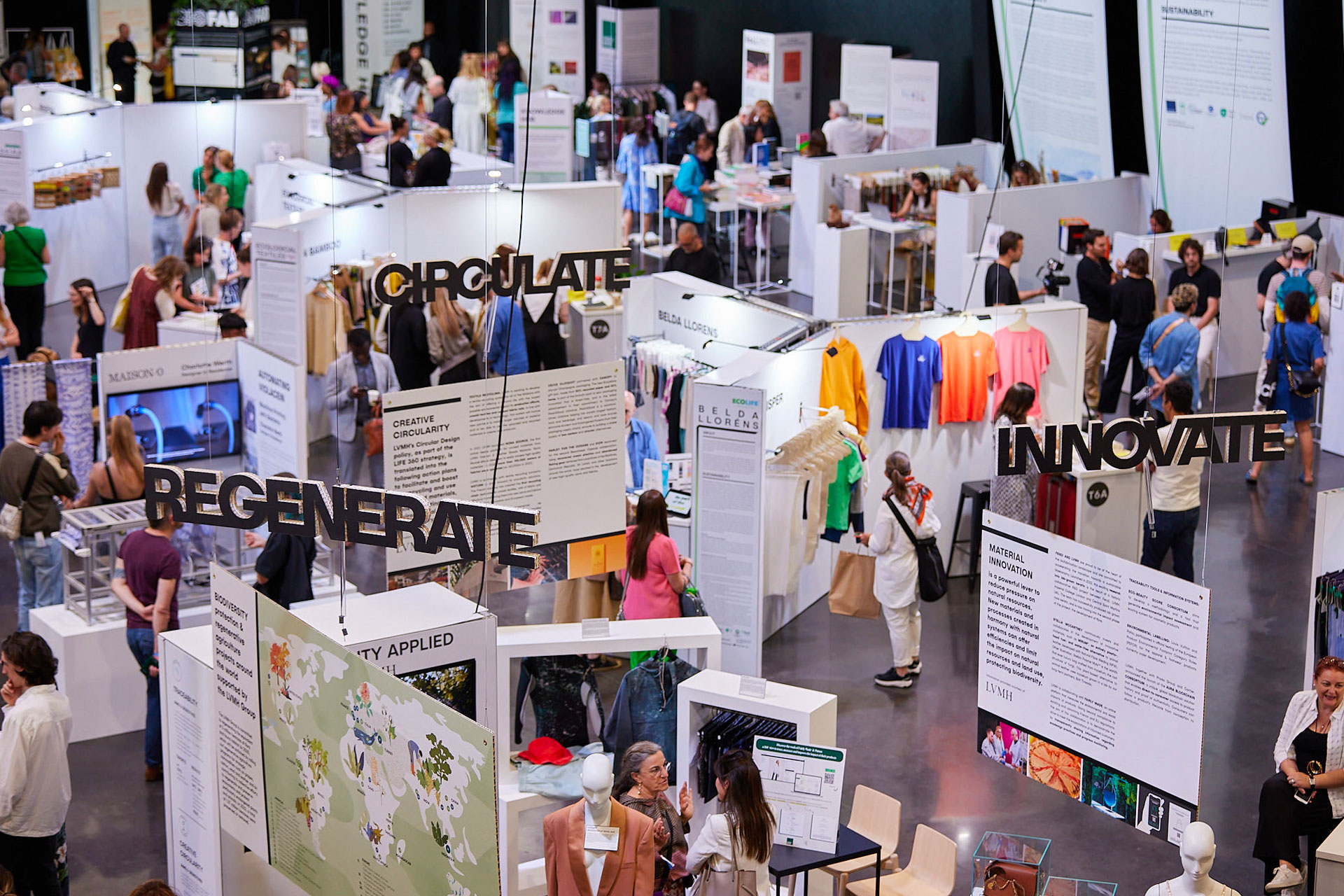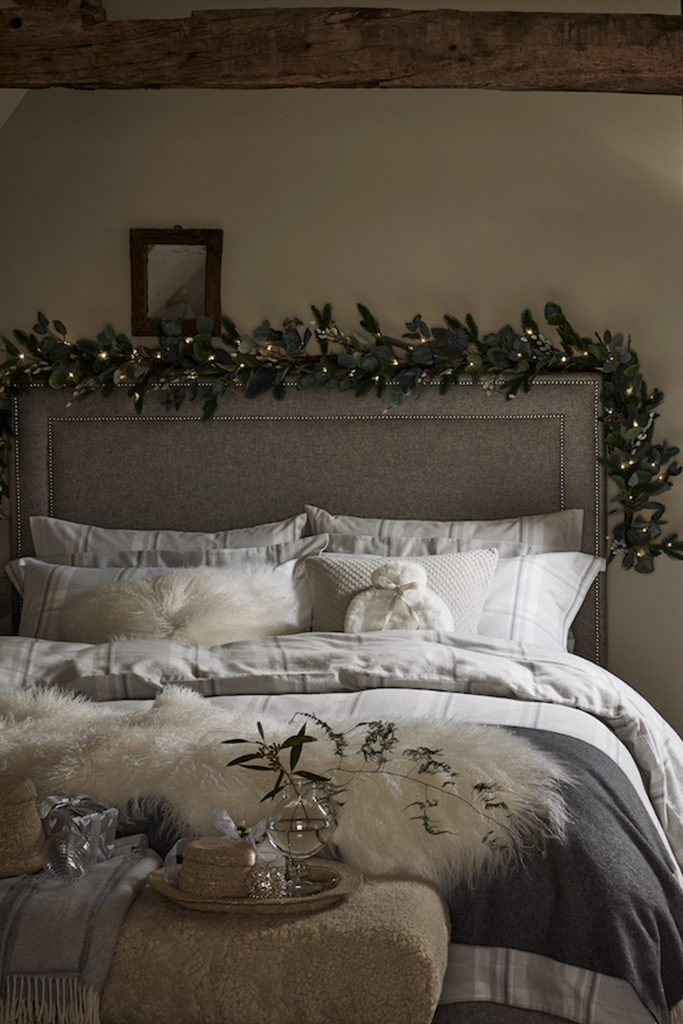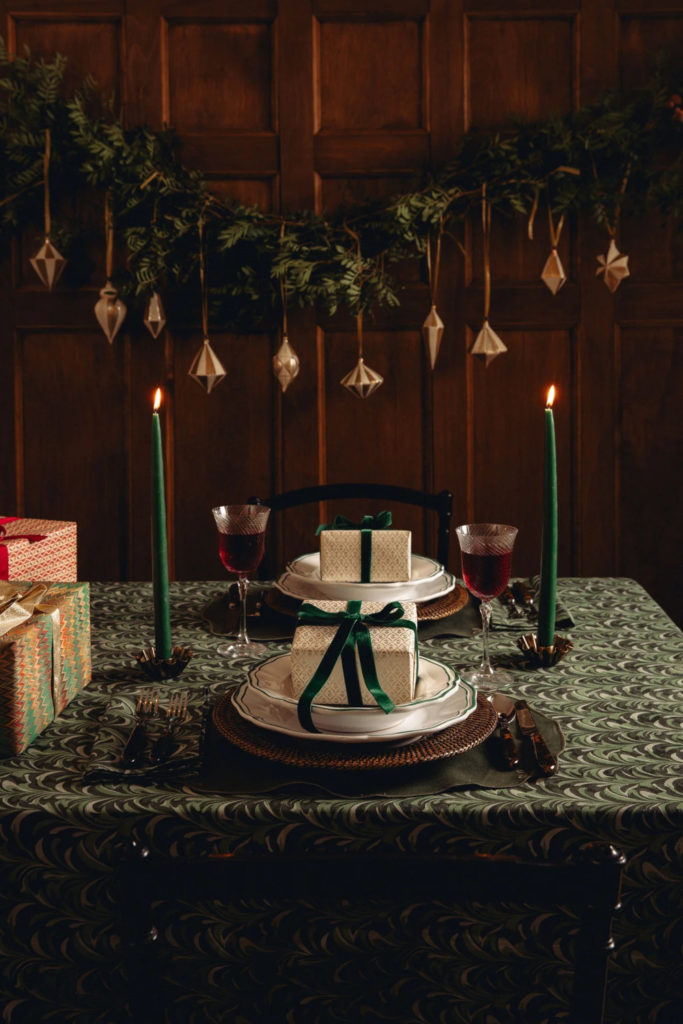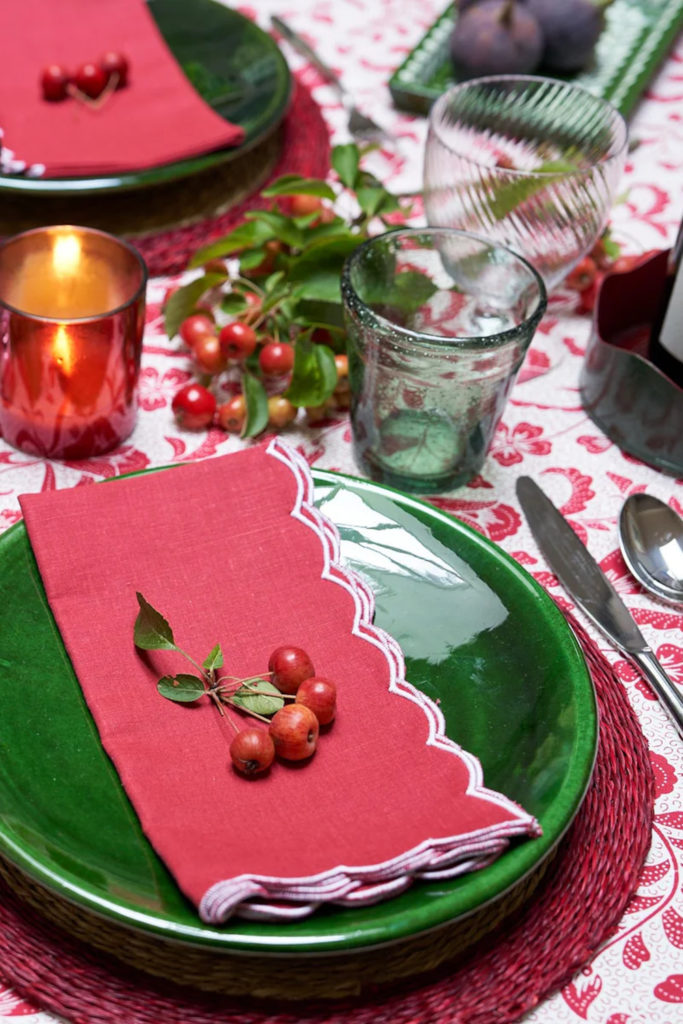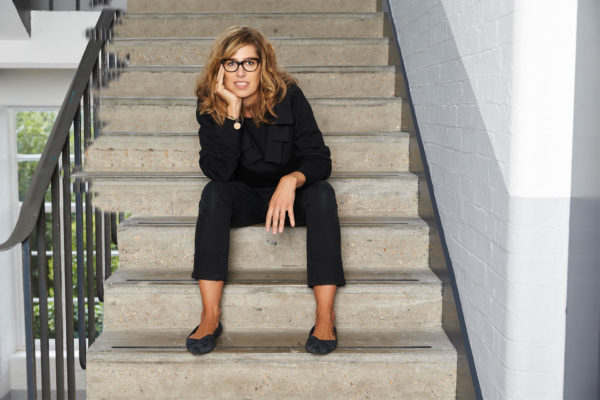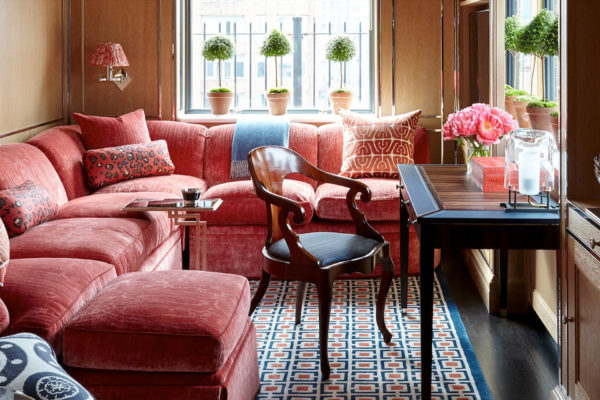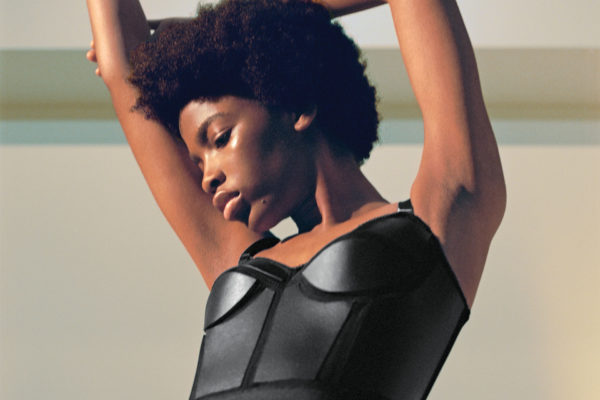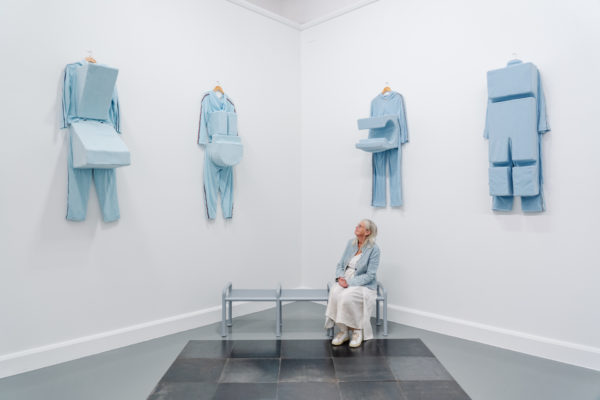Preview: Material Innovations At The Future Fabrics Expo 2025
By
5 months ago
Meet the responsible & sustainably sourced fabrics innovating the textiles industry
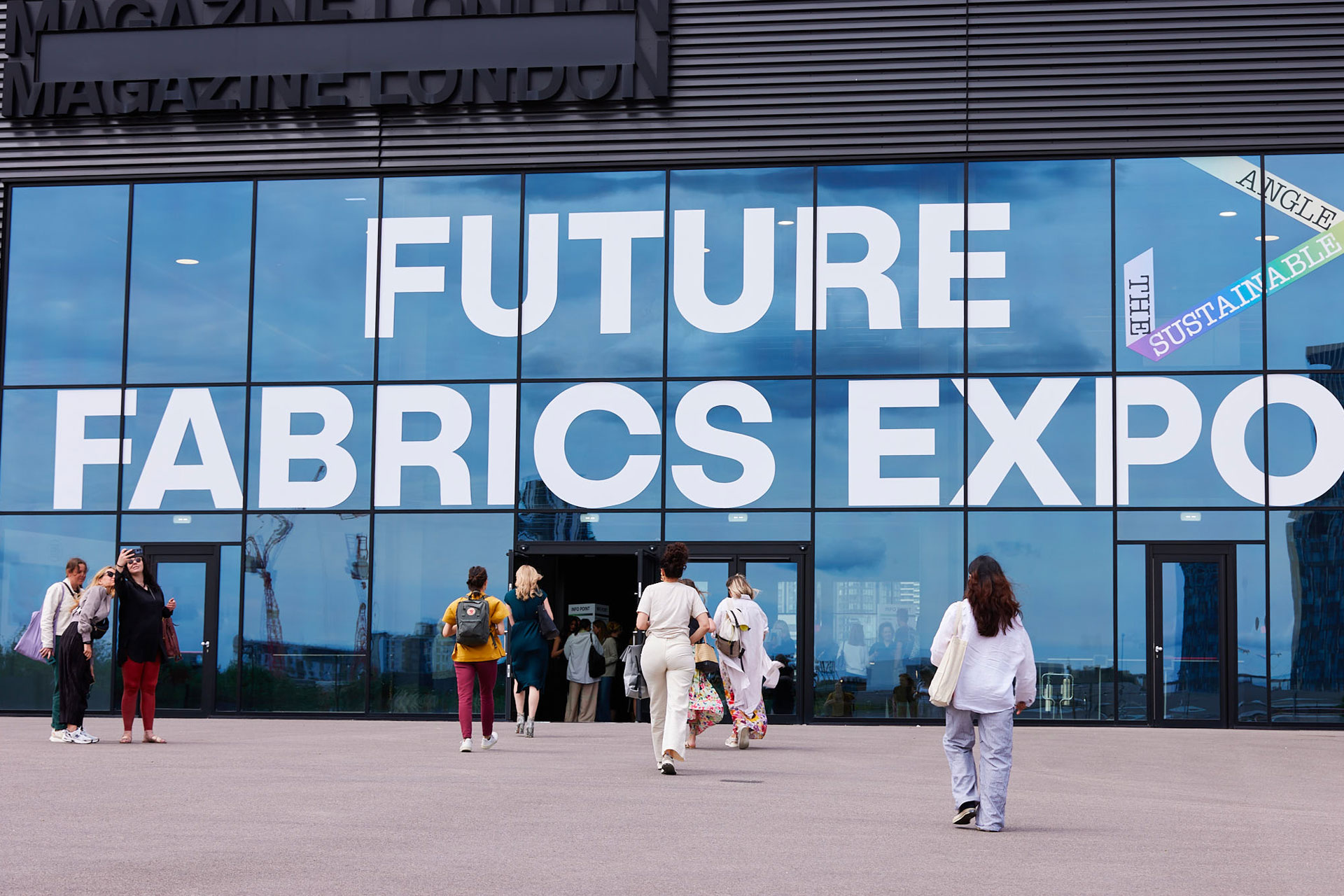
You probably know that the fashion industry is facing a reckoning in terms of the climate crisis. According to the World Economic Forum the industry emits ‘more carbon than international flights and maritime shipping combined’. Fabrics, specifically, make this industry so resource heavy. The textiles industry is among the most thirsty in terms of water and hungry with land use (says the European Parliament). Fabrics aren’t just needed for our clothes; they’re needed for our homes and interiors, too – the rise of ‘fast fashion homes’ is further damaging the environment. So it’s refreshing to explore the Future Fabrics Expo by The Sustainable Angle, which in 2025 aims to change all that by showcasing innovative textiles that could show us a much brighter future. C&TH preview the most exciting material innovations at this year’s expo.
What Is The Future Fabrics Expo?
Since 2011, Future Fabrics Expo (FFE) has been the go-to destination for anyone sourcing responsible and sustainable textiles for fashion, home and interiors (there are over 10,000 fabrics and materials on display, many of which are commercially available now). There is also a seminar series exploring topics from regenerative design to circular system approaches, to sustainable best practice for homes and interiors.
The FFE also supports ongoing projects exploring how textiles can be innovated. The ‘Future of Luxury’ is one such project, in partnership with LVMH, explores how creativity can be better connected with nature – and then distributed responsibly.
What Do We Mean By Responsible & Sustainable Fabrics?
The materials at FFE have been developed as solutions for the fashion and interiors industry so that we can live within planetary boundaries, meaning they’ve got to be less demanding on energy and water and other resources. The fabrics on show at FFE are globally-sourced and detailed with sustainability information and any relevant certifications.
Some of these sustainable materials are innovative – verging on futuristic. Delyth Fetherston-Dilke, an upholsterer specialising in sustainable furniture solutions, has been working on combining wool and cowstail through needling to form soft seating. Ponda is another exhibiting company which shows off its BioPuff – used to create insulation for your jackets or duvets that’s markedly better than the old school stuff and uses regenerative fibres (so is not only cruelty-free but gives back to the land, too). Other materials you’ll see feel surprisingly familiar – at FFE, let the experts explain to you why we should still be using straw and wool in 2025. We go into deeper detail below.
The main takeaway from FFE, really, is that we need to reduce our reliance on any one individual textile (and particularly synthetic ones), and instead use an array of options to reduce our demand on any one planetary resource. That, in short, is what makes a sustainable fabric.
The Most Exciting Material Innovations At This Year’s Expo
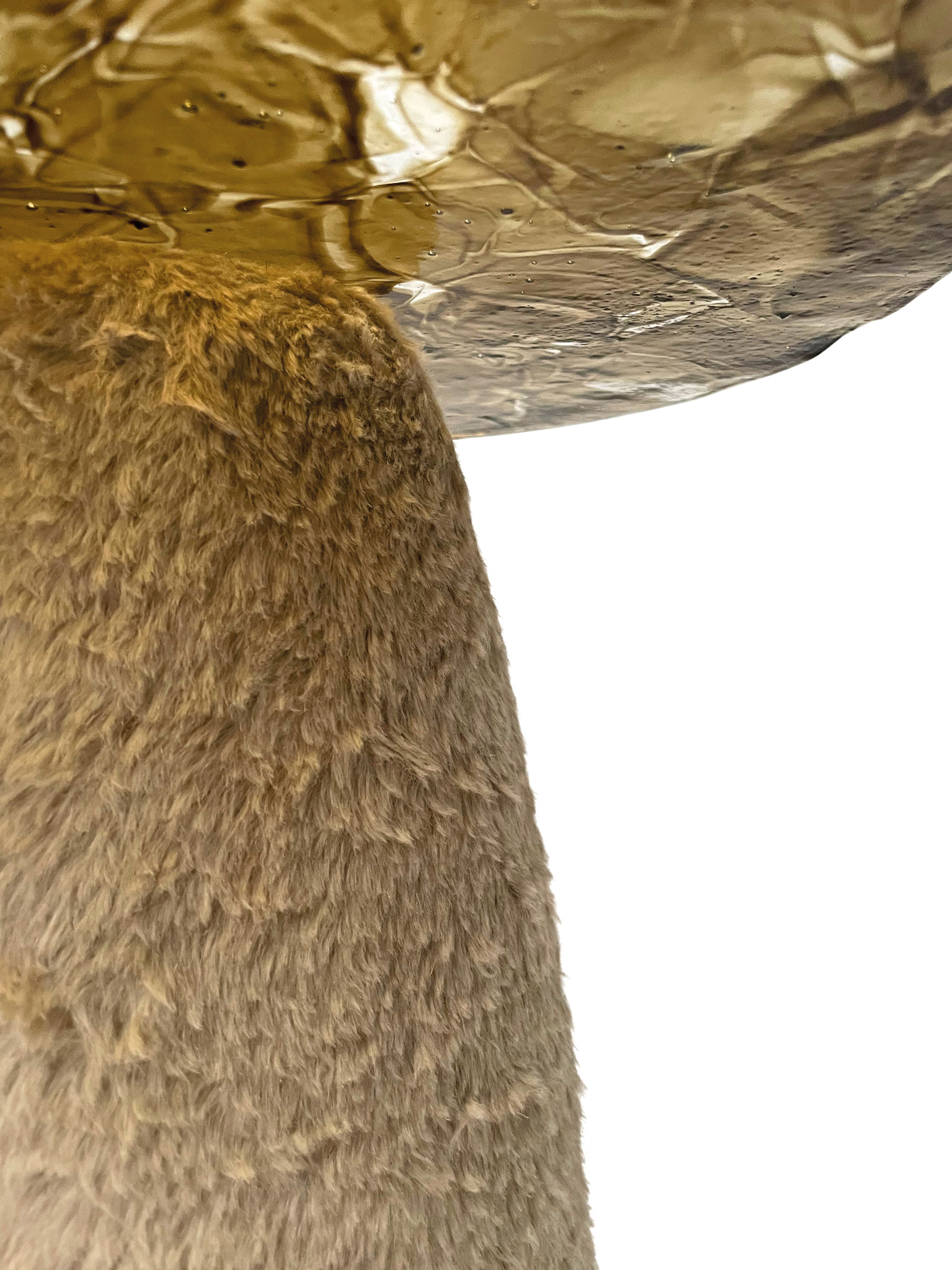
Image courtesy of Biofluff, table made in collaboration with Aifunghi
Plant-Based Plush
Fluffy textures are back – but not the plastic kind. BioFluff, a biomaterials startup, has developed the world’s first fully plant-based alternative to fur, shearling, and plush. Made without fossil fuels or animal inputs, their soft, luxurious material is already being used in toys and fashion, including by Stella McCartney. biofluff.com
Straw
Sometimes the smartest solutions are the oldest. Straw is lightweight, breathable and naturally regulates humidity – a boon for healthy homes. Ghana-based African Straw Enterprise elevates this materials, working with over 5,000 women who harvest wild grass and handweave it into baskets, statement lampshades, and more. Each piece comes with a traceability tag, listing the artisan’s name, village, and its production date – celebrating both transparency and craftsmanship. africanstraw.com
Banana Skins
Developed by Swiss bag brand QWSTION, Bananatex® is the world’s first durable, plastic-free fabric made entirely from banana plants. Using Abacá, a fast-growing species cultivated in regenerative forestry projects in the Philippines, the result is a breathable, long-lasting textile that outperforms cotton in durability and is entirely biodegradable. It is currently used for accessories like handbags and sofas. bananatex.info
Nettles
Swiss company Nettle Circle AG is behind HILAYA®, a pioneering fibre made from Himalayan nettles. Unlike cotton, nettles require minimal water and no chemical inputs thanks to their natural pest resistance. The result? A strong, breathable, low-impact fibre with surprising softness – ideal for upholstery or curtains. nettlecircle.com
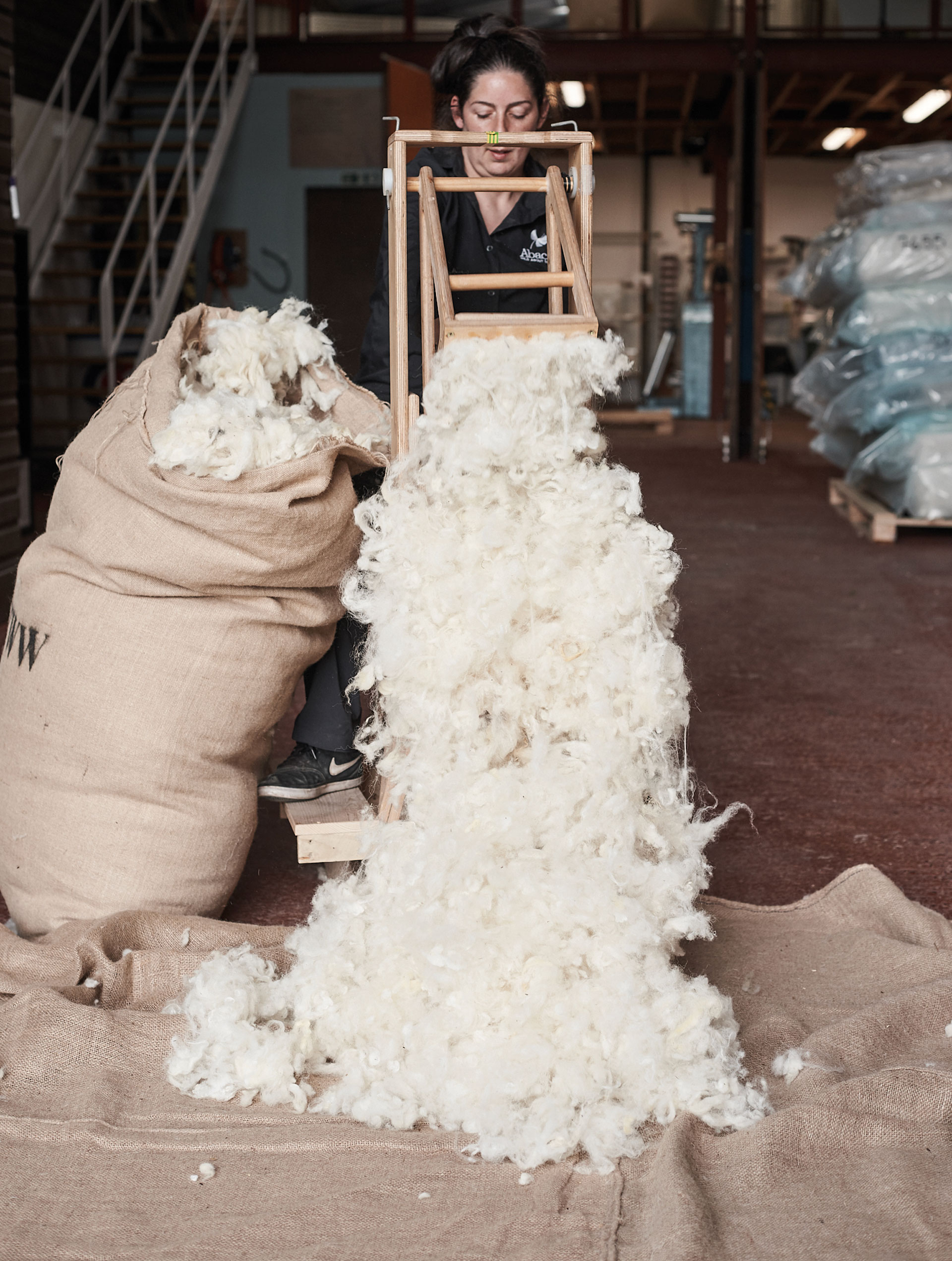
Image courtesy of British Wool
Wool
Wool is making a quiet comeback even in today’s synthetic-heavy world. British Wool, a farmer-owned cooperative, supports over 30,000 sheep farmers by grading and selling their wool in domestic and international markets. Naturally biodegradable, wool is an excellent choice for interiors: it regulates temperature, resists dust mites, and outlasts many synthetic alternatives in blankets, cushions, and rugs. britishwool.org.uk
Grape Leather
Planet of the Grapes, founded by Samantha Mureau, turns vineyard waste into sustainable leather alternatives. Using leftover grape skins, seeds, and stems (known as grape marc), the brand’s Grapeskin Leather offers a plant-based alternative to PVC and animal leather – with a smaller carbon footprint and a luxurious look and feel. Originally developed for fashion, this wine-based material is making its way into our homes in seating and accessories. planetofthegrapes.co.uk
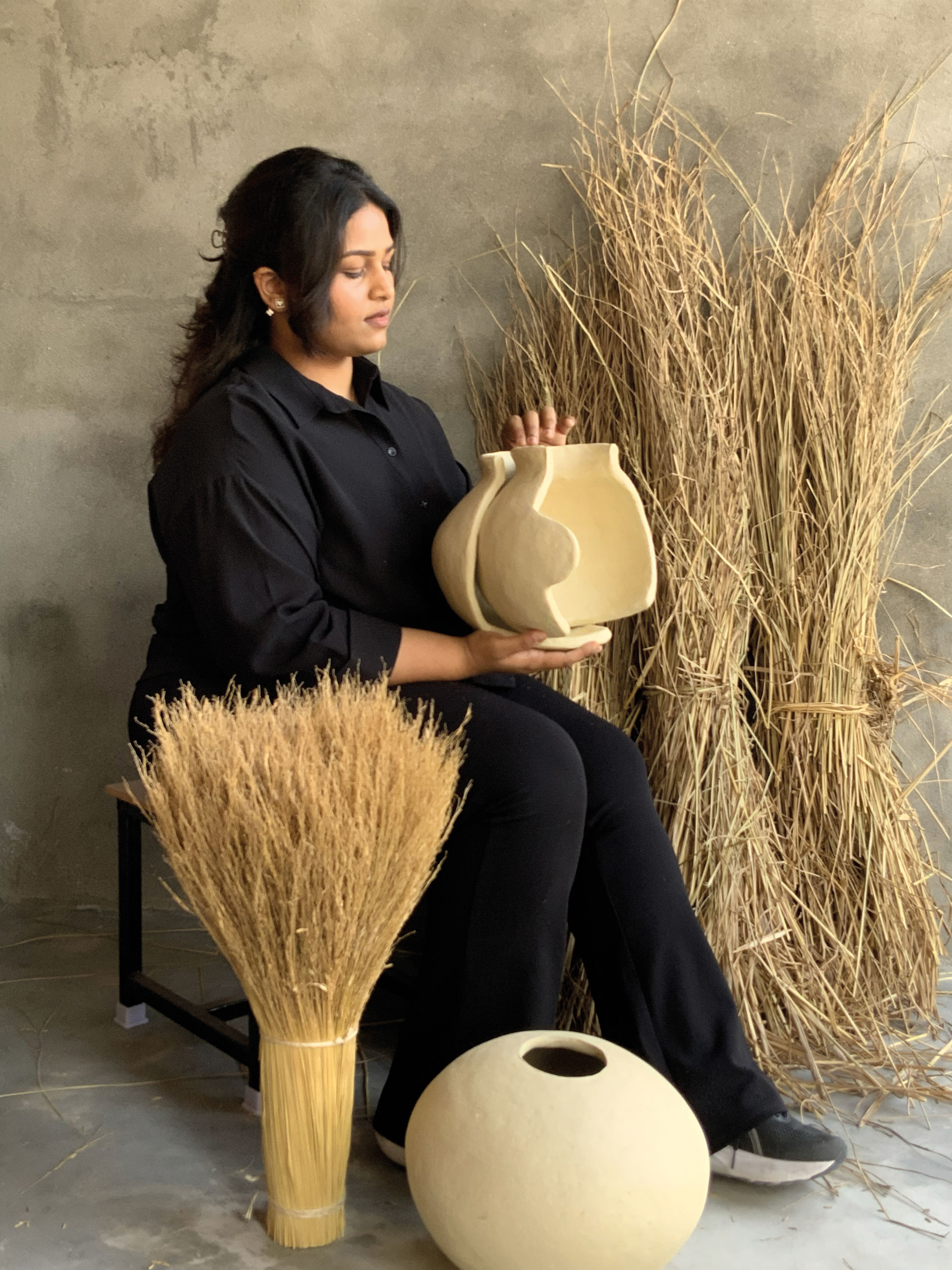
Image courtesy of Parali by Aarushi
Rice Straw
Each year, millions of tonnes of rice straw are burned across Asia. Indian initiative Parali by Aarushi (PBA) is working to change that. This farm-to-fabric operation transforms agricultural waste into versatile materials for homeware and textiles – becoming incredible handwoven table runners and rugs. The biodegradable fibre is water-efficient to produce and recyclable at the end of its life – offering a circular solution to a widespread waste problem. parali.co
Invasive Water Hyacinth
In Nigeria, water hyacinth is an invasive species that clogs waterways and disrupts ecosystems. Social enterprise MitiMeth has found a way to turn this environmental hazard into a home solution. The company transforms the plant into durable fibre rope, ready for use in handcrafted rugs, lampshades, baskets, and blinds – all while restoring aquatic ecosystems and generating jobs. MitiMeth also works with other upcycled resources like banana trunks, bamboo, and coconut shells. mitimeth.com
How Do I Attend The Future Fabrics Expo 2025?
The Future Fabrics Expo 2025 takes place from 24–25 June at Magazine London, Canary Wharf. C&TH are proud media partners of this year’s FFE.

